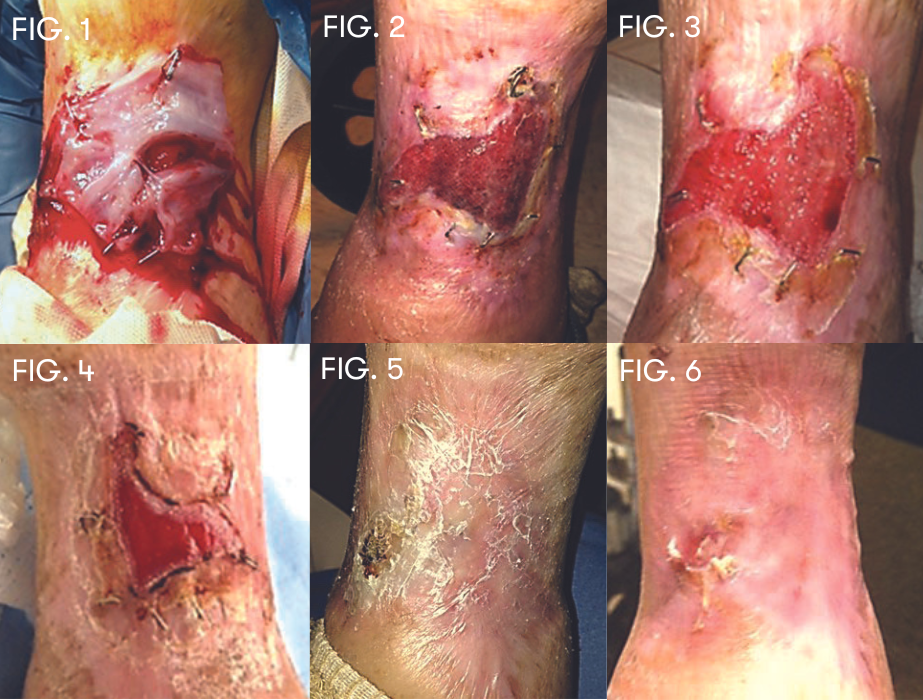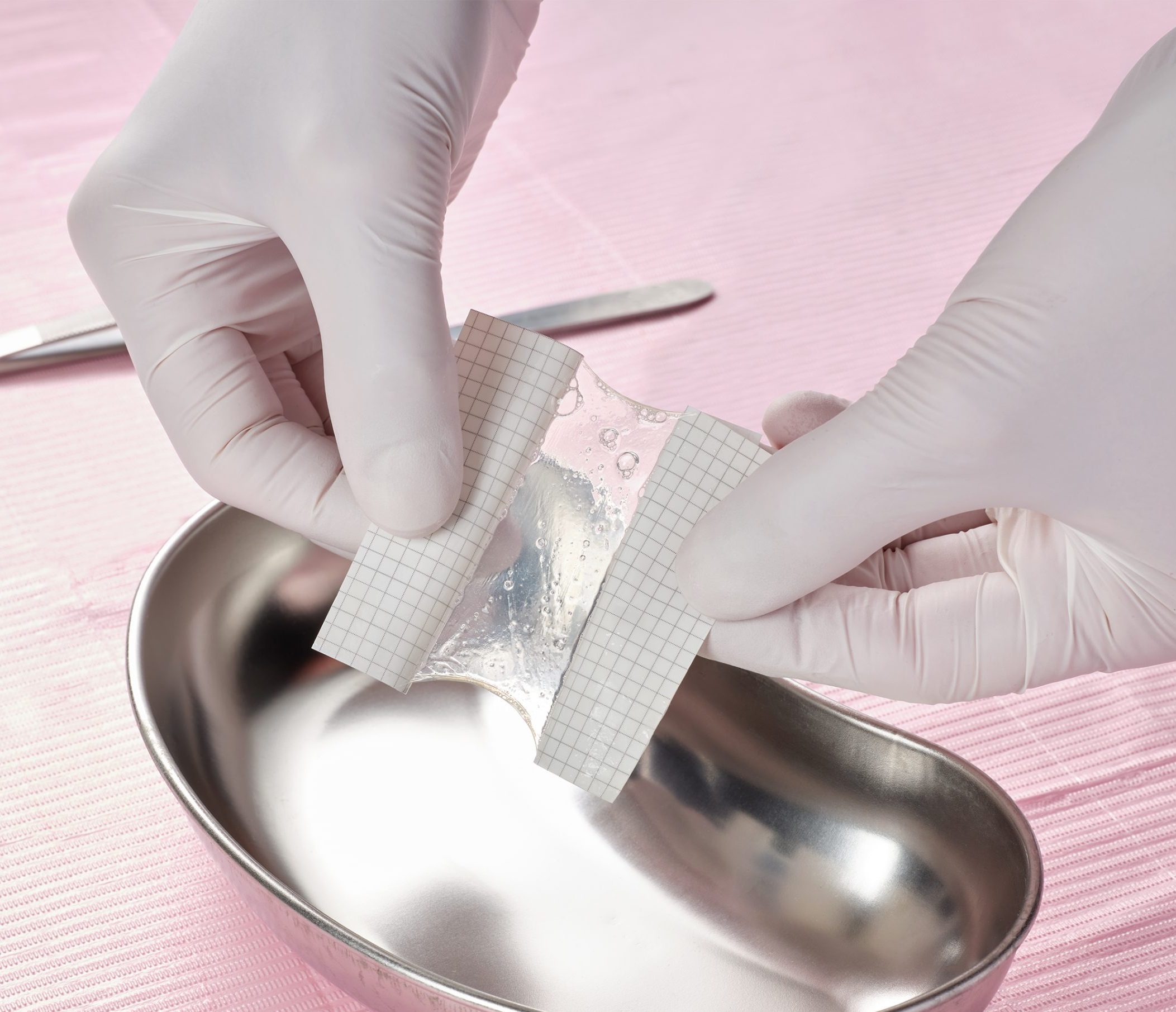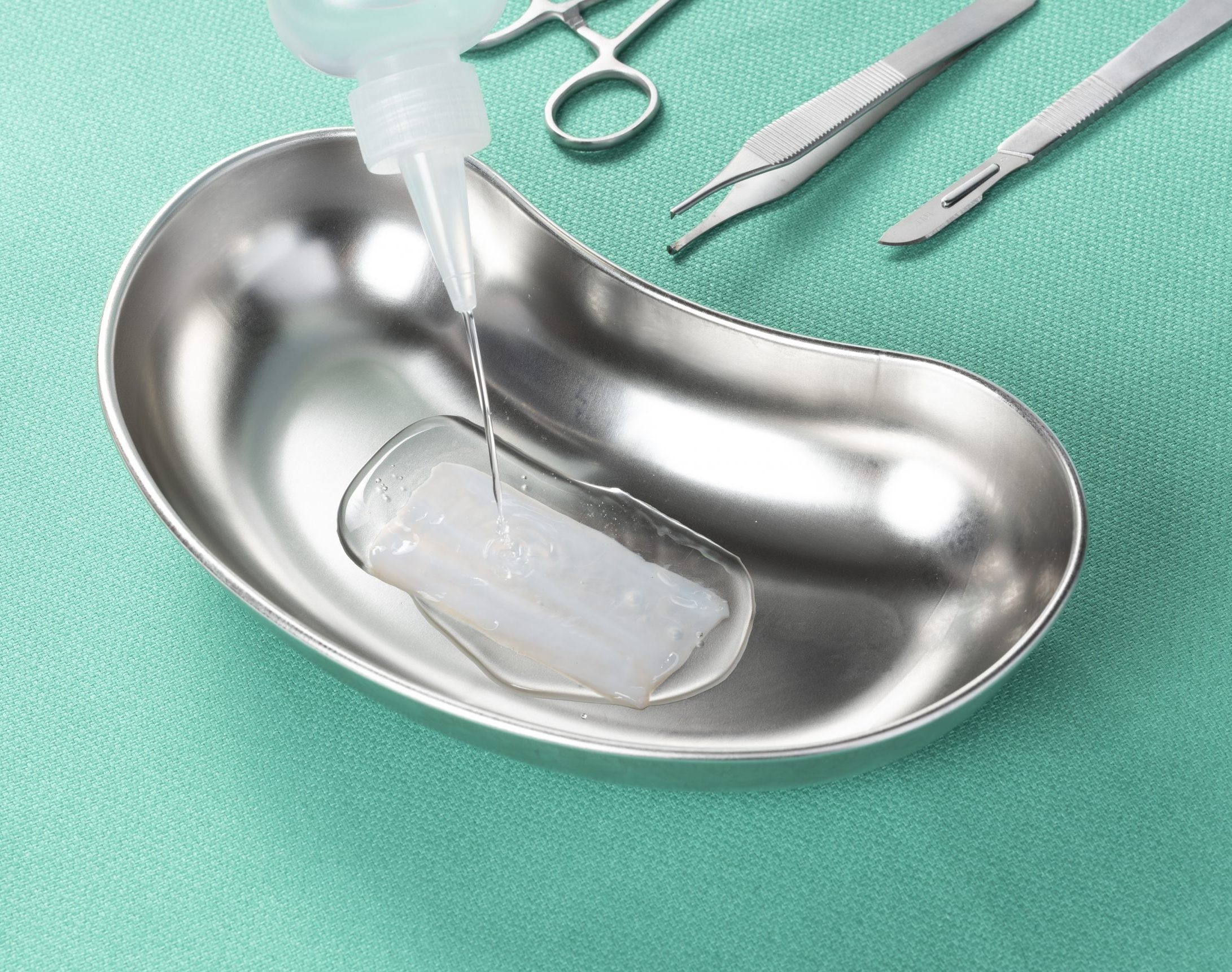When Healing Time Matters, Neox® Has You Covered!
We are in a race against time to heal chronic wounds.
BioTissue Surgical products provide the natural healing properties of human birth tissue to the wound.
When treating patients with comorbidities, every moment counts.
The Neox® line of human amniotic membrane allografts are adjunct treatment modalities that help support regenerative healing for a variety of wounds ranging from common surgical wounds to complex chronic diabetic foot ulcers, acute, partial, and full-thickness wounds.1-3,6,7
• High closure rate2,6,7
• Few applications2,6,7
• Low cost of care1
• Expedited healing
The BioTissue Difference –
Through Thick & Thin
Type 2 Diabetes & Septic Wound with Exposed Tendons
- 48-year-old female with Type 2 Diabetes and a septic wound with exposed tendons (FIG. 1).
- Patient received multiple recommendations for amputation.
- Following debridement and placement of Neox 1K (FIG. 2 and FIG. 3), complete wound closure was attained in 3-months (FIG. 4).
Aziz Rasooli, DPM, MS, AACFAS – Los Angeles Bone and Joint Orthopedic Institute, Los Angeles, CA

Non-Healing Venous Ulcer
A 70-year-old wheelchair/bed bound male with a 50 pack/year history of cigarette abuse, combinatorial venous & diabetes disease, Peripheral Vascular Disease (PVD), and joint contracture presented with a 2-year non-healing Venous Leg Ulcer (VLU), & Diabetic Foot Ulcer (DFU) on the medial right ankle despite peripheral bypass surgery.
The patient refused smoking cessation, and failed local wound care and antibiotic therapy.
Wayne Caputo, DPM, FACFAS – Clara Maass Medical Center, Newark, NJ

Necrotizing Fasciitis
- 65-year-old-male with DM, CAD, PAD, with WBC of 15.4 and A1c of 8.3.
- Right leg ulcer failed debridement by outside physician.
Lawrence Chen, DPM – Foot and Ankle Medical Group, San Jose, CA

Lawrence Chen, DPM - Foot and Ankle Medical Group, San Jose, CA
Case Study Highlight:
BioTissue Allografts for Diabetic Foot Limb Salvage
Download This Case Study & Product Brochure
Explore the utilization of human birth tissue in the treatment of both acute and chronic wounds.
Pioneers of Regenerative
Wound Healing
Our extensive clinical research experience is the foundation of our commitment to optimize patient outcomes.
39Y
Research & Development
900K+
Human Clinical Applications
400+
Peer-Reviewed Publications
Contact Us
To be connected with a local representative in your area, fill out the details below:




